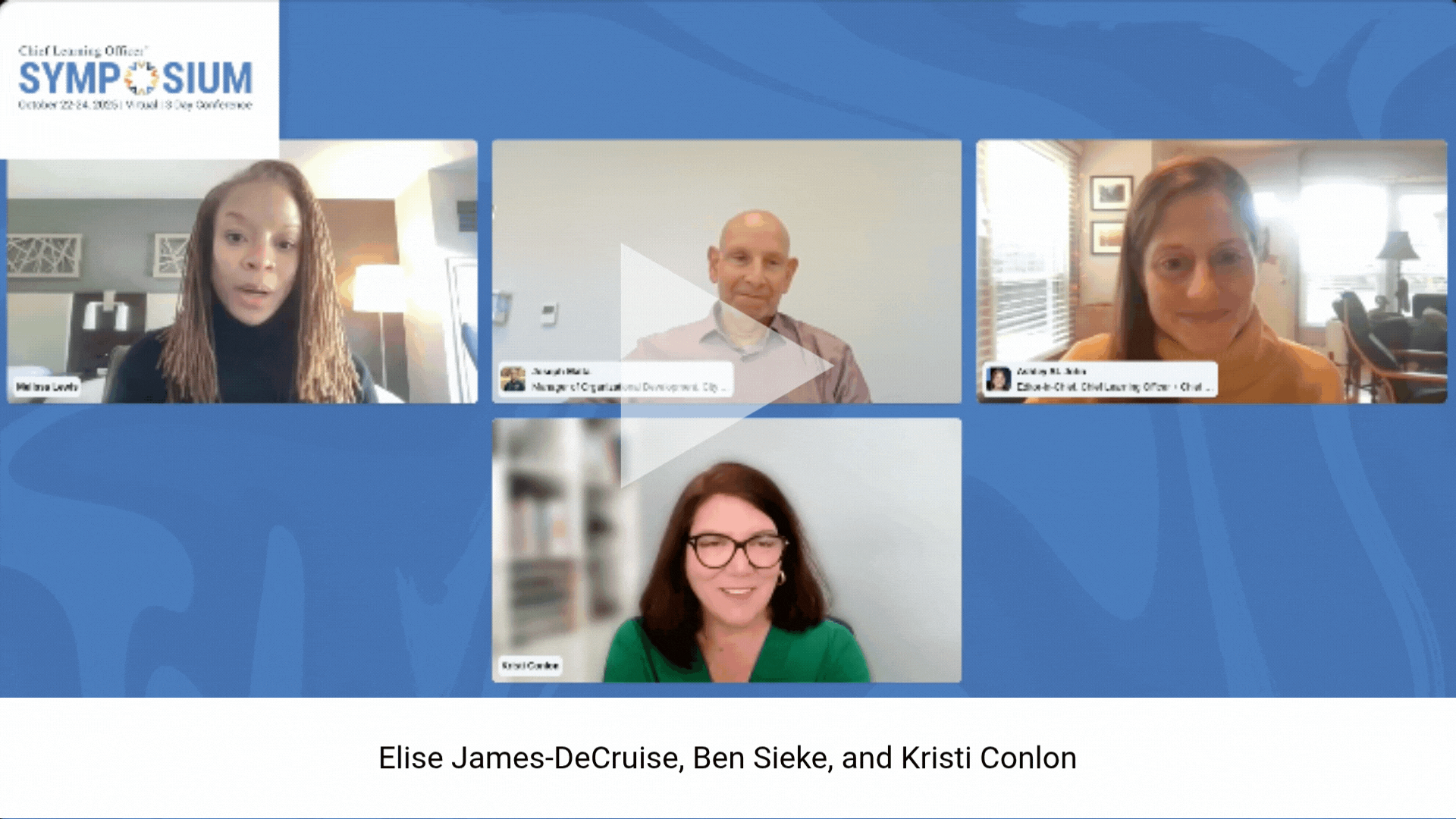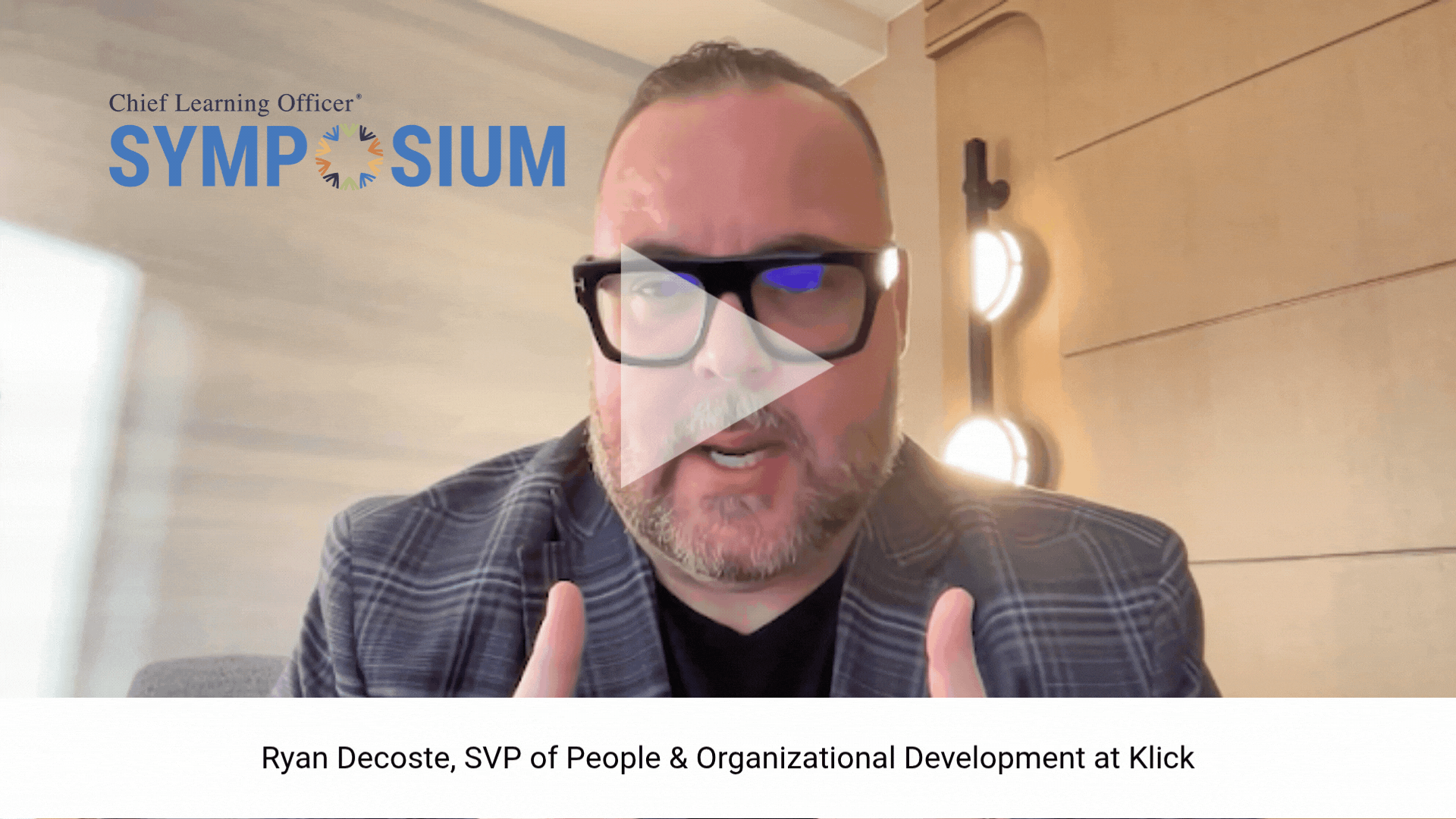Blended learning is not really new: We all have used audio and video tapes, programmed instruction, etc. What’s new is the advent of e-learning and the continuing advancement of the technology surrounding it. The opportunity to incorporate a variety of online learning methods has allowed for more robust learning experiences, yet there are both good and poor blended-learning solutions, just as there are for any stand-alone learning experience.
While the business case for using e-learning as part of a performance improvement solution is generally strong, at least on the cost side, there are many poorly engineered solutions too costly to justify their return on investment. It seems reasonable, then, to begin establishing some best practices for creating blended-learning experiences that live up to the early hype and minimize their potential pitfalls.
What is Blended Learning?
To start, let’s just say blended learning is an experience involving a variety of learning methods in a seamless and purposeful manner, such that instructional outcomes are only achieved through their integration. None of its components could stand alone and accomplish the overall instructional outcomes of the complete blended experience.
For the purpose of this article and perhaps the future definition of blended learning, one of those methods includes some type of e-learning modality, which could include not only online or Web-based mediums, but also CDs, webinars, weblogs, satellites and other electronically enabled formats.
Why Use Blended Learning?
The No. 1 business reason typically cited for using a blended learning solution or, for that matter, any e-learning approach is reduction of training costs.
Scaling back on instructor-led experiences typically yields reductions in travel expenses and costs associated with facilitators, audio-visual equipment, food, facilities, etc., as well as the opportunity costs gained by reducing learners’ time off their jobs.
And although there are off-setting infrastructure and ongoing maintenance costs, it appears that most applications of e-learning to a performance improvement or training challenge are likely to reduce overall long-term costs.
Surely this isn’t the only reason to employ a blended solution, though? We would hope the decision to use a blended approach is driven much more by its long-term effectiveness than its short-term cost savings.
The good news is there are enough instructionally sound reasons to justify its use such as the opportunities to cater to different learning preferences to optimize individual outcomes; establish a common knowledge and skill base across learners while allowing individuals to move at a self-regulated pace; and mix the appropriate instructional method with the specific learning message.
A blended learning approach affords an opportunity to expedite the learning time and process with potentially more effective results because individual learners are able, and even encouraged, to assess and focus on their own development needs, not the lowest-common denominator of their fellow learners.
When to Use Blended Learning?
The following conditions offer suggestions for when blended learning solutions can reap their greatest advantages.
How to Use Blended Learning?
The value of blended learning is in intentionally creating a meaningful collage of the best learning experiences that not only engages the learner but also results in improved performance.
What follows are some lessons we’ve learned from putting together a number of custom blended-learning experiences, as well as some brief tips to ensure your blended-learning experience is worth its investment.
Overall Design
Design the experience in distinct phases, informing learners in advance of the intended purpose, process and payoff of each.
Design with auditory, visual and kinesthetic learning preferences in mind to optimize learning interest and retention. Include a variety of activities involving reading, live interviews and observations, field trips, lectures, videos, role-plays, discussion groups, problem solving, etc. that appeal to different learning styles.
Include ample time for a face-to-face classroom component. Learners like and appreciate practice, application, interaction and learning with peers. Include a baseline assessment (i.e. 180-degree or 360-degree) that can be reviewed, debriefed and linked to the workshop learning activities.
Online Coursework
Be mindful of learners’ time and capacity by limiting the length of any one online module to a 10- to 20-minute digestible amount of content. Don’t overload them with so much work they never complete it but do require some relevant output such as taking a test, writing a plan, answering some questions, etc. that motivates them to learn.
Encourage learners to delve deep into the training content in the e-enabled phase in preparation for a more robust application phase by providing basic case studies or real job work plans-application opportunities that require challenging and thoughtful responses with feedback rationale.
Face-to-Face Workshop/Classroom/Lab
Debrief and discuss all the assignments completed in the e-enabled component, or learners will conclude it was a waste of their time to have completed them.
Briefly highlight the online content to refresh the learners’ memory but do not teach it again. Learners often find this patronizing and a waste of time.
Follow brief online review segments in the classroom with “roll up your sleeves” application opportunities, such as role-plays, fishbowls, relevant case study work and team-based activities, encouraging knowledge sharing and developing responses to challenges posed by the class facilitator.
Include time and materials for participants to reflect about what they’ve learned and how they are going to apply it back on the job by actually writing down these insights to personalize and internalize the content.
Allow adequate time, emphasis and tools for ongoing developmental action-planning during the workshop by building action plans incrementally, ensuring learners document freshly relevant information.
Distribute 180-degree or 360-degree assessment results early in the classroom setting so learners can pay particularly close attention to subsequent lessons associated with their individually assessed developmental areas. This also provides opportunities for participants to share and receive feedback on their results with peers in a reasonably “safe” environment.
No doubt there are many more tips for ensuring an optimal blended-learning experience. Perhaps the most important one, mentioned earlier, is the opportunity to most effectively mix the right medium with the appropriate message. By doing this, the time and cost of the intervention are minimized because the benefits of each learning method are maximally leveraged.
To illustrate how these practices might be coordinated to produce a well-designed and balanced blended-learning experience, highlights of an actual program are presented in the sidebar.
Final Thoughts
As might be expected, there are always valuable lessons that can be learned from designing, developing and delivering any totally custom learning experience, particularly if it is of the blended variety.
Here are some issues that have surfaced while creating blended-learning experiences — some related to design, some to technology and others to the content itself.
For almost every advantage there seems to be an equal disadvantage, or at least challenge, presented by technology-enabled learning. Fortunately, while many continue to surface, the industry has been able to anticipate most and address the rest much more so than in the early years. Having said this, it is paramount the development team include an IT or Learning Management System/Learning Content Management System expert from the onset. Addressing technology issues at the outset and then as they surface, rather than at project’s end, is certainly one way to avoid this often messy web of problems.
There is little doubt that effectively conceptualized and developed blended-learning solutions can achieve many win-win outcomes for learners and their organizations. They can be cost-effective for the organization and provide optimal development in minimal time for the learner.
Without proper understanding of what the end result will look like and effective project management throughout the development process, however, blended-learning solutions can turn out to be expensive and proverbial white elephants that do not meet any stakeholders’ expectations.
Stephen L. Cohen is vice president of the Learning Solutions Group (LSG) for Carlson Marketing Group, a relationship marketing services firm and a division of the Carlson Co. Andrea Deege is a senior learning consultant with LSG, responsible for needs assessment and design, development and delivery of all program elements. Uneeda Brewer-Frazier is director of management education and development for Johnson & Johnson. They can be reached at scohen@clomedia.com.














